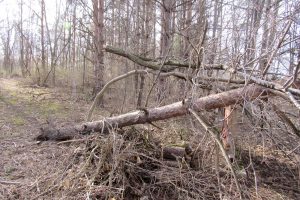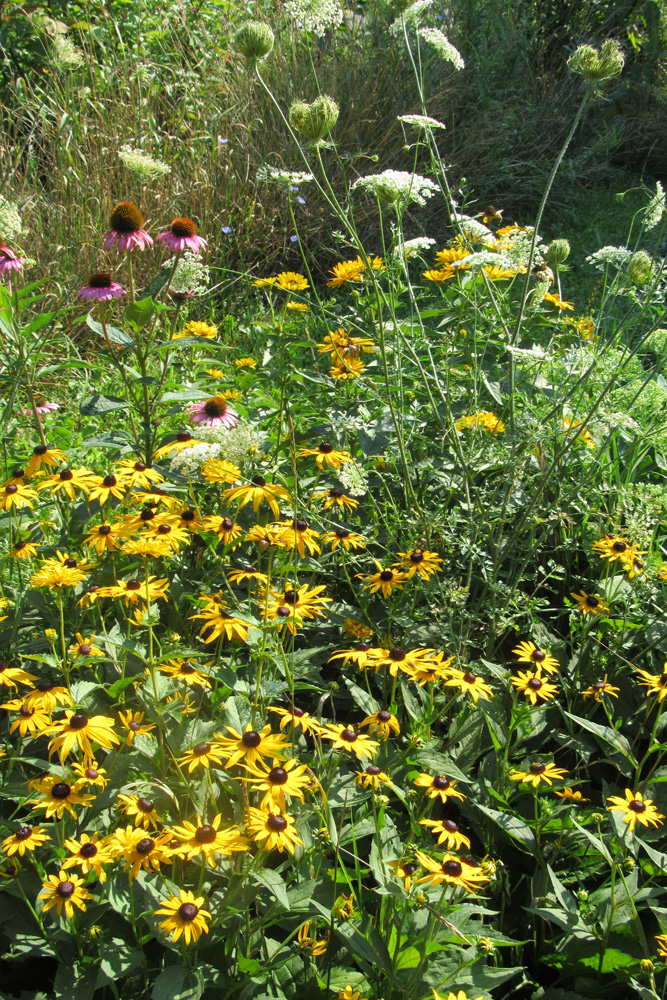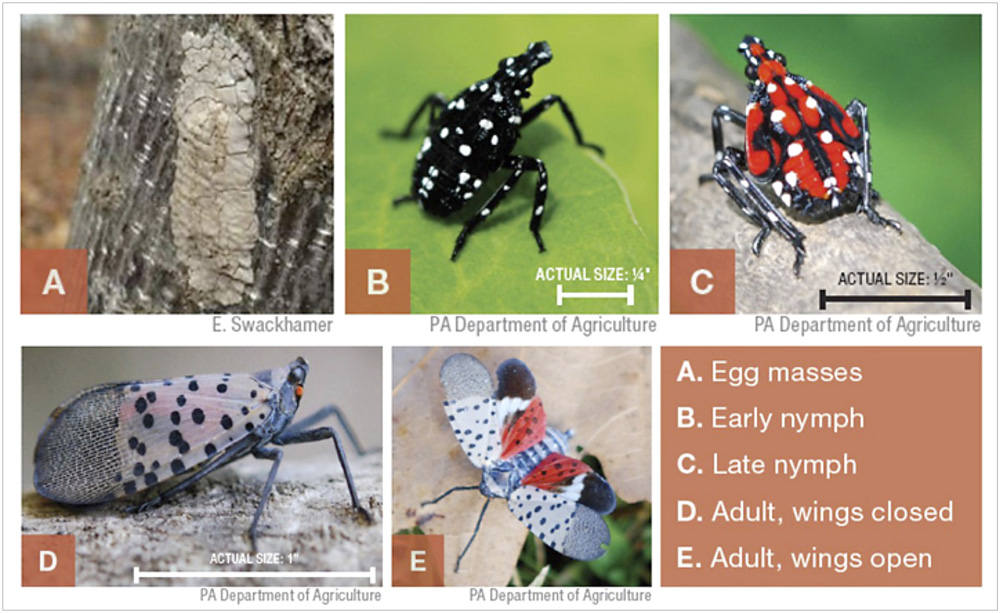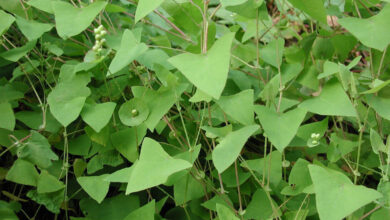April garden chores in the wake of a stormy March

The weather of late winter and early spring has proven to be a crazy roller coaster ride this year and you probably have more than your share of clean-up work in your yard and garden from the wind, snow storms and related flooding. The task can be daunting, but there are ways to approach and assess what needs to be done to get your yard and garden on the road to recovery.
Fortunately, the storms came at a time of year when there was little or no foliage on trees and shrubs. Pine trees did suffer greatly, particularly during the wind storm event March 8, many being broken off along the trunk or completely up-rooted.
If you have shrubs with evergreen foliage covered in mud or dirt from snow melt or rainwater flooding, remove it now. Rinsing away dirt, even in areas that are very wet, will help mitigate the likelihood of disease spreading through any wounds on evergreen leaves/needles or broken stems.
If flooding has resulted in mud and debris clinging to the trunk or base of plants, clear that away as well to prevent infection.
Damage to large trees should also be tackled now, if you haven’t started already. Clean-up from the devastating windstorm was made more difficult by the subsequent snowstorm, rain and flooding. Continue to remove anything that might threaten your personal safety, and remember to bring in professionals for the removal of large trees and woody plants.
Michigan State University (MSU) Extension says that most trees or limbs which come down in storms already have a defect that caused them to fail. Those defects include decay, poor branch architecture, pervious mechanical damage or poor root structure. If decay brought down limbs, there could be other limbs on the tree with similar problems.
It is important to assess the damage to your trees and large shrubs and their condition in order to decide whether they might be worth saving or if they should be taken down.
Severe damage and loss of major limbs on one side of a tree can result in an imbalance that could make the tree prone to fall during the next storm, MSU Extension says. The condition of the tree before the storm and its long-term prospects are also important and may require the help of a professional arborist to assess.
Remember also that working on a storm-damaged tree can be extremely dangerous. Trees damaged in storms typically have decay or defects that are not obvious, causing the tree to react unexpectedly when you begin working around them. Again, a professional arborist is the safest and best alternative when you are uncertain about the condition of a large tree.
According to MSU, if one-third of the tree has been lost, or a large portion of the bark has been torn away, the tree will likely die and should be removed. For less severe damage, pruning rough edges where branches have broken and trimming jagged edges of open bark with a clean-sharp knife will promote uniform healing. Tree splits can often be repaired with cabling the two pieces back together.
If smaller plants and shrubs have suffered damage, up to one third of the plant can be removed. MSU Extension says that because plants may have existing diseases, always clean your cutting and pruning tools between plants by dipping them in, or wiping them with a mild bleach and water solution.
One more tip – go slowly with the pruning. Do the least amount necessary first. As new growth begins this spring, your plants will let you know what more needs to be removed and what can stay.






